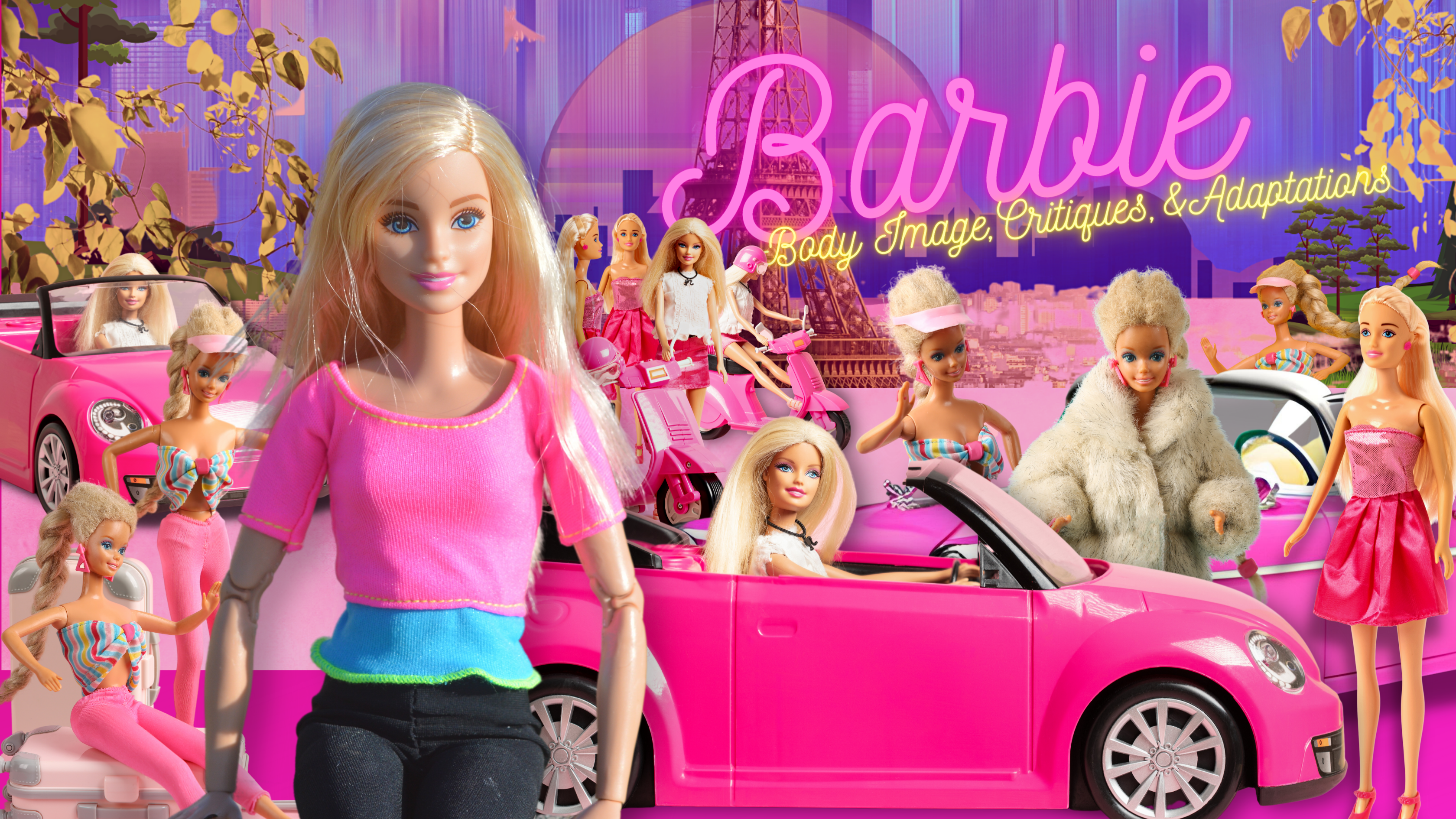
Body Image, Critiques, and Adaptations
Amid Barbie’s journey through societal changes and cultural shifts, she encountered both praise and critique. As the 21st century dawned, discussions around body image and unrealistic beauty standards reached a crescendo. Barbie, with her traditionally slender proportions, became a lightning rod for these conversations, prompting Mattel to embark on a journey of adaptation and transformation

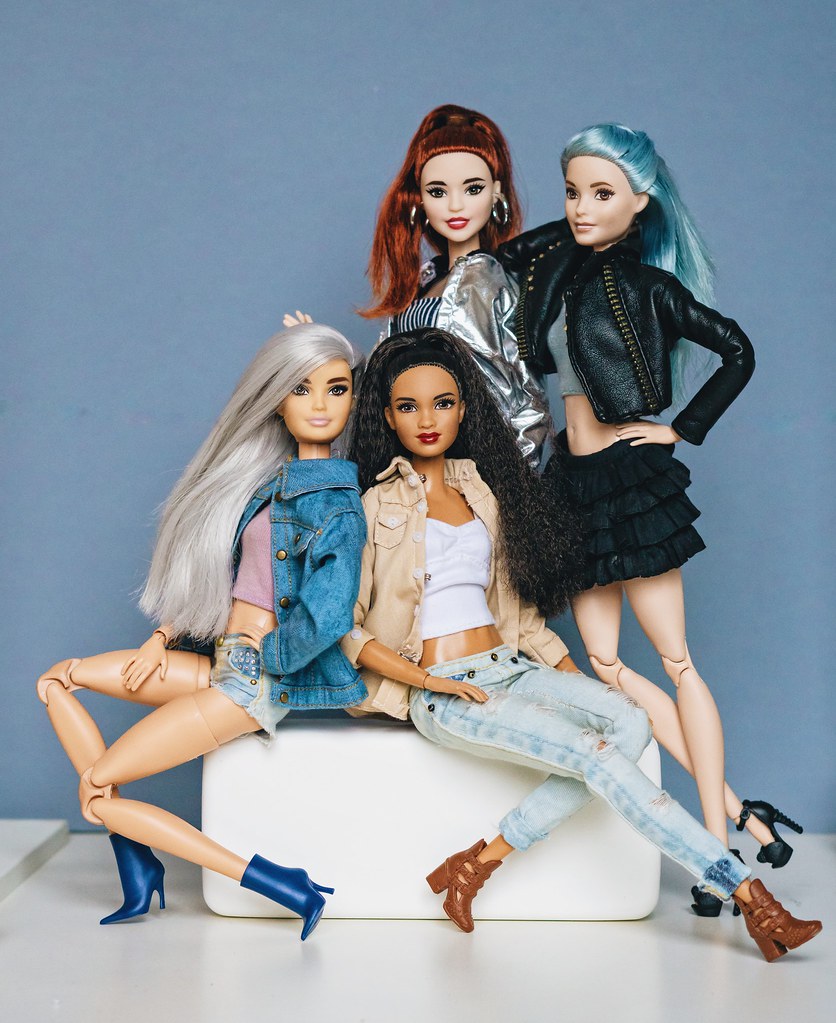
The early 2000s marked a pivotal moment in Barbie’s evolution as Mattel recognized the need to address the concerns surrounding body image. The “Barbie Fashionista” line was introduced, featuring dolls with a variety of body shapes, skin tones, and hairstyles. This marked a decisive step towards promoting body positivity and self-acceptance. The diverse range of dolls sent a clear message: beauty is not confined to a single standard, and every individual is worthy of representation and celebration.
Barbie’s transformation extended beyond her physical appearance. She embraced roles that challenged traditional gender norms, portraying herself and her friends as intelligent, creative, and capable individuals. Animated series and marketing campaigns showcased Barbie’s skills in diverse fields, championing her as a multifaceted character who defies stereotypes. This departure from antiquated norms not only aligned with changing societal attitudes but also encouraged young girls to embrace their potential beyond preconceived limitations.

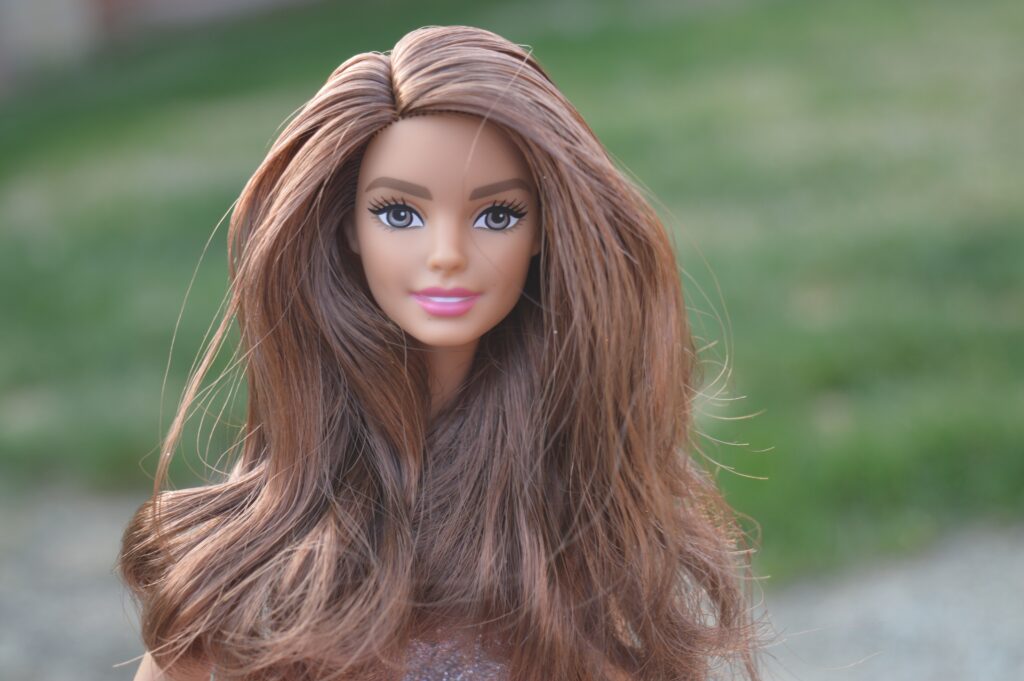
Yet, in the midst of her evolution, Barbie confronted critiques that questioned her authenticity as an empowering role model. Some argued that despite the adaptations, Barbie still clung to a history that perpetuated certain ideals. These criticisms were emblematic of the broader discourse surrounding toys’ influence on shaping values and self-perception. However, they also highlighted the dynamic nature of Barbie’s journey — one that continuously adapted to feedback and sought to provide a platform for meaningful discussions.
STEM and Education:
As the emphasis on STEM (Science, Technology, Engineering, and Mathematics) education grew, Barbie launched the “Barbie Careers: I Can Be a Computer Engineer” book and doll, aiming to encourage young girls’ interest in these fields and break down gender stereotypes in STEM.
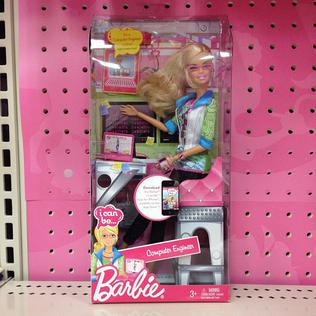
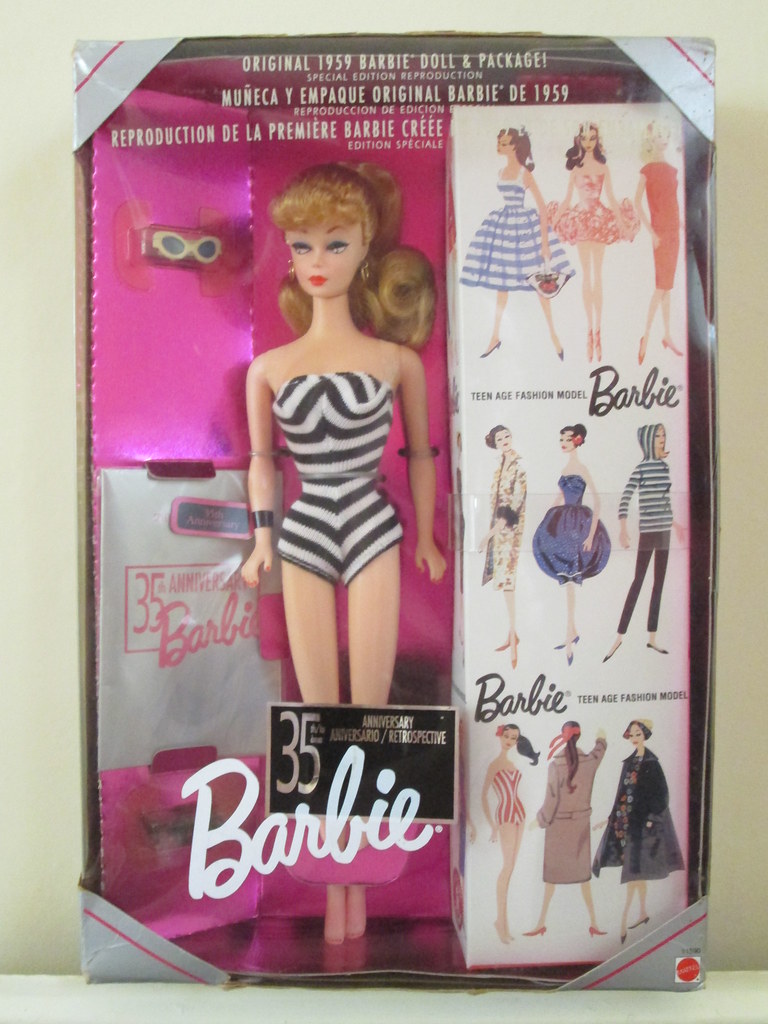
Environmental and Social Responsibility:
In recent years, Barbie has also made efforts to align with environmental and social responsibility. Initiatives like using sustainable materials for packaging and advocating for positive social change through partnerships with organizations demonstrate a commitment to broader societal values.
Parental Concerns:
Barbie’s impact has prompted discussions among parents and caregivers about the values and messages children are exposed to through their toys. Conversations about body image, diversity, and gender roles often arise in relation to Barbie dolls.
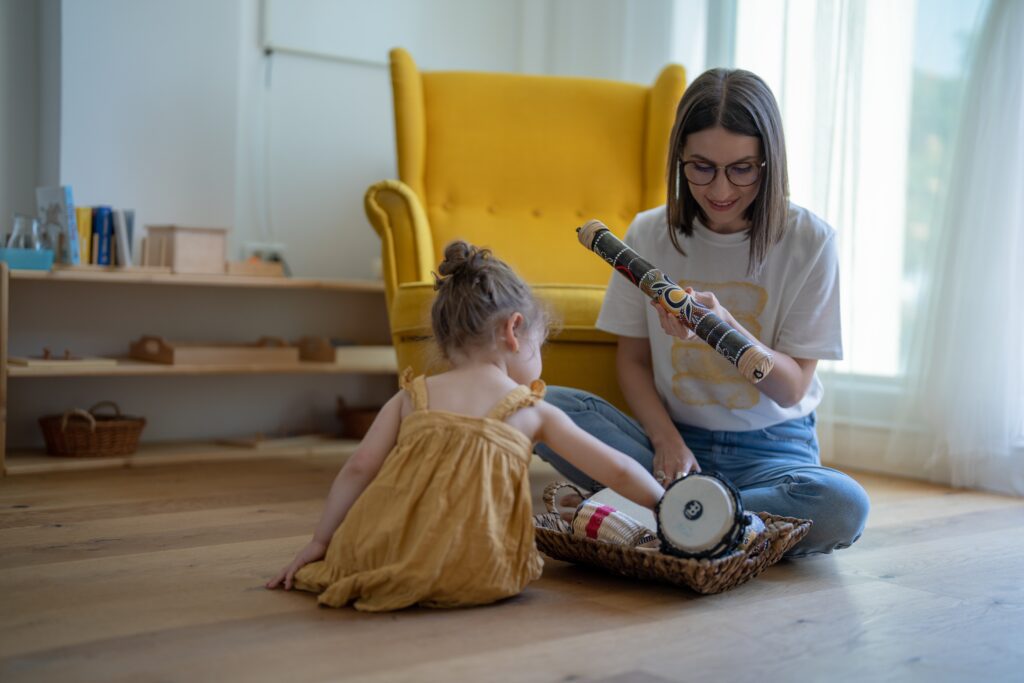
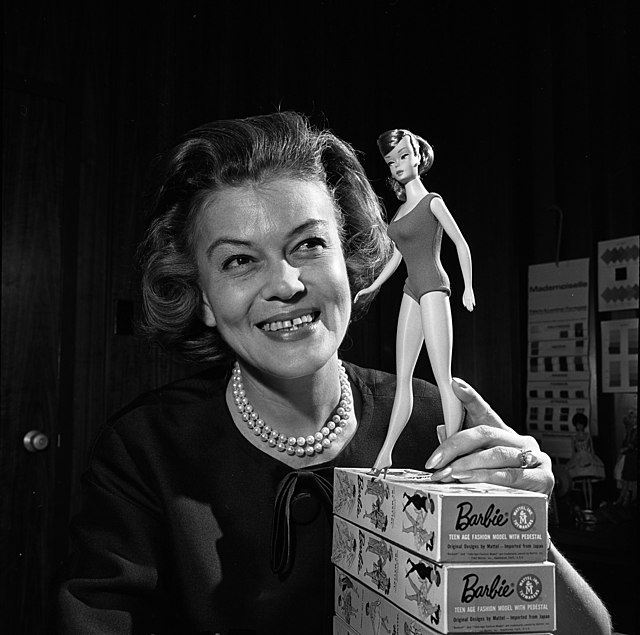
Cultural and Global Influence:
Barbie’s global reach has brought her into various cultural contexts, sparking discussions about how she is perceived in different societies. Some regions have embraced Barbie as a symbol of aspiration and modernity, while others have criticized her as a symbol of Western beauty ideals.

Barbie’s resilience in the face of critique demonstrated her role as both a reflection of and a catalyst for change. As societal conversations around gender norms, diversity, and body positivity gained momentum, Barbie stood as a testament to the power of adaptation and progress. Her journey wasn’t without its challenges, but it served as a reminder that cultural values and perceptions are malleable, and even icons as entrenched as Barbie can evolve to meet the needs of the times.
In part three of our series, we’ve explored Barbie’s response to the critiques surrounding body image and the ways in which she adapted to address changing societal dynamics. Her transformation serves as a testament to the resilience of an icon and the potential for toys to drive discussions that shape values and perceptions. Join us in the subsequent parts of our series, where we’ll delve into the ways in which Barbie navigates play in the digital age, leaves a lasting legacy, and continues to inspire generations to come.
Categories
Recent Posts
- Maximize Your Reach: Essential Email Marketing Dos and Don’ts for Success July 9, 2024
- Social Media Day 2024 June 30, 2024
- Navigating the World of Social Media Advertising June 20, 2024
- The Power of Visual Content in Marketing April 8, 2024
- Hip Hopper Alert: Easter Bunny Steals the Show with Sunglasses Stunt March 31, 2024
- The Super Bowl Ads 2024 February 12, 2024
- Serving Our Client’s Social Media Platforms Branded Content February 5, 2024
- Days of Future Past January 31, 2024
- The Art of Blending Human Intuition and Data-Driven Insights January 31, 2024
- Beyond Intuition January 30, 2024
Recent Comments